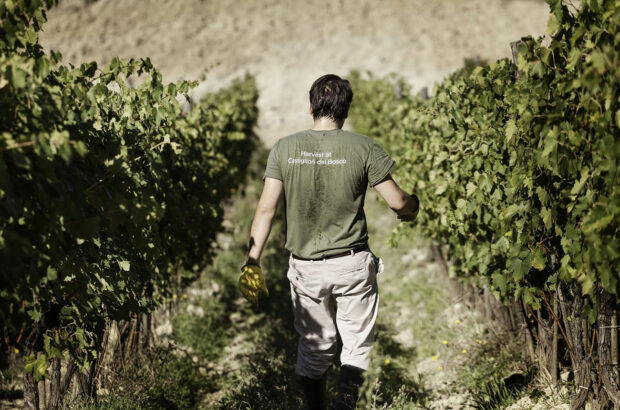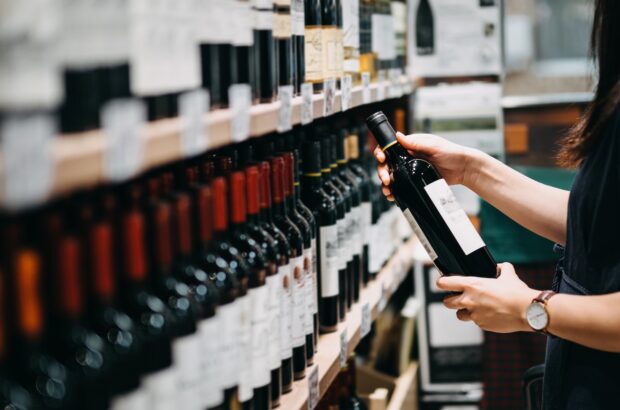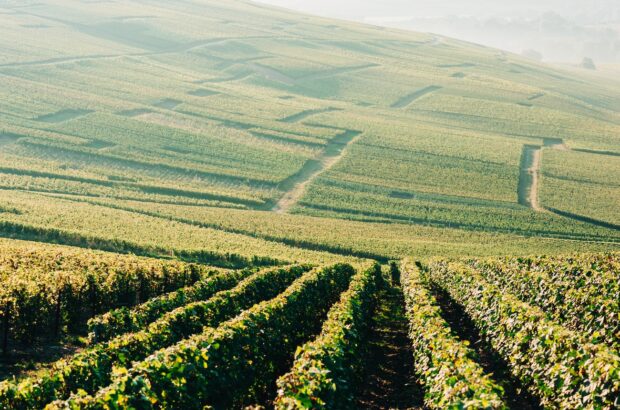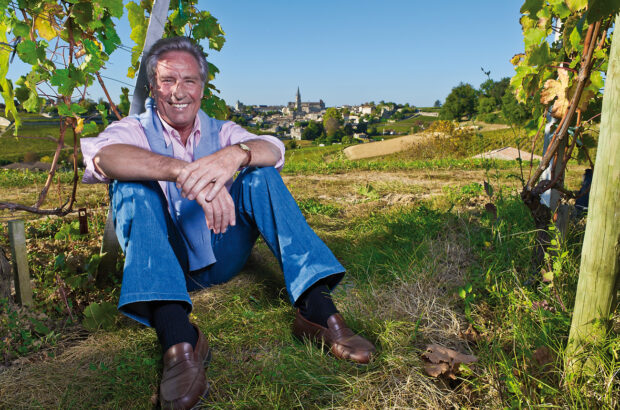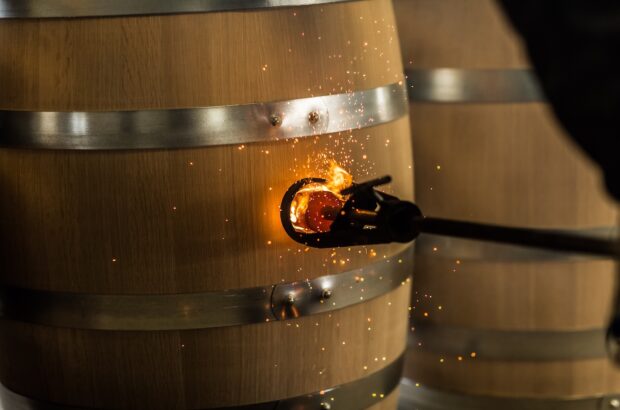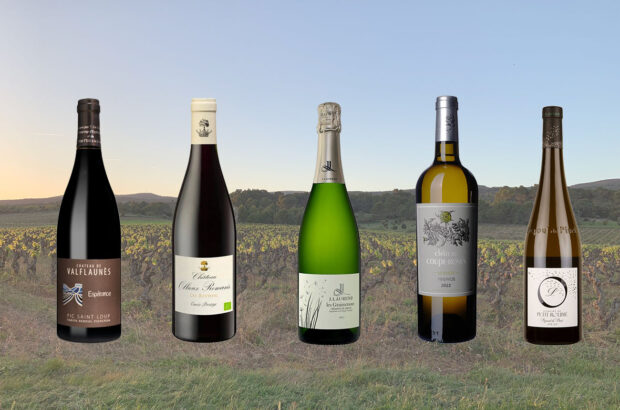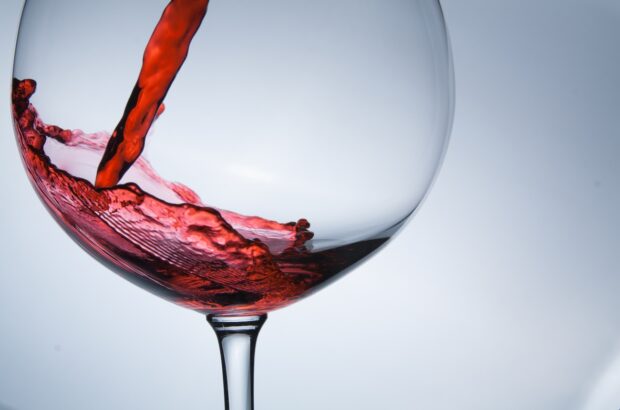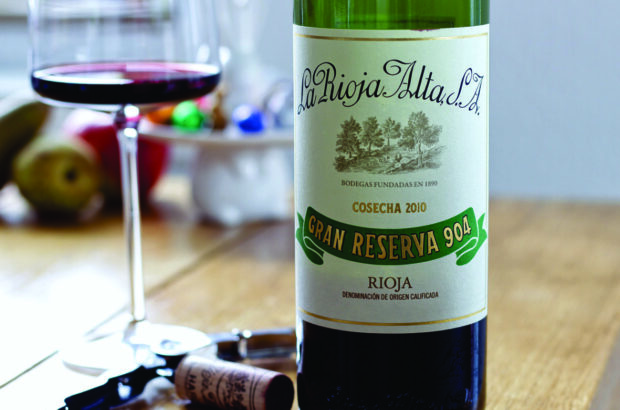Biochar is charcoal made using pyrolysis, in which biomass (organic matter such as wood, food waste and sewage sludge) is heated to a high temperature in the absence of oxygen.
Interest is growing in the potential benefits of applying biochar to vineyard soils. These include increasing the soil’s water-holding capacity, increasing its carbon-storage potential, and regenerating life in the soil.
But not all biochar is created equal. ‘People think biochar is magical, but you need the source material to be of high quality,’ says Jean-Marc Lafage, owner and winemaker of Domaine Lafage in the drought-prone Roussillon region of southwestern France.
Already typically low in rainfall, Roussillon has experienced two years of extreme drought. So for the last five years, Domaine Lafage has been studying the production and use of biochar and water management. There’ve been good results when biochar is applied to the soils of newly planted vines, improving the vegetative growth; for older vines less so. In combination with other techniques, such as ground cover for improved infiltration and mulching to prevent water loss, biochar is helping the domaine navigate climate extremes.

Antoine Lespès shows biochar experiment in the Moutou vineyard at Domaine Lafage: An unirrigated biochar parcel
But biochar is currently tremendously expensive. According to Antoine Lespès, research and development lead at Domaine Lafage, the current market price is around €1,000 per tonne – and at least four tonnes are required per hectare. The domaine has produced biochar from some of its own vine stocks and cuttings, but it’s only 1% of the biochar it would need for all of its vineyards.
Lespès says that the long-term aim is to take advantage of biomass that’s available to them locally, turn it into biochar to use on soils, and reuse byproducts from the pyrolysis process for heat and electricity, thus closing the loop. The ongoing research will focus on this circular system, finding the right biochar for the soils and making it more economically viable.
Because of biochar’s ability to sequester carbon dioxide that otherwise would have entered the atmosphere, it has become an interesting currency for carbon credits. Lespès points out that producing credits is an efficient way to decrease the price of the biochar.
Wine lovers might be asking other questions: how will this affect the wine in my glass; what is the effect on terroir? Although the answers remain unclear and research is still ongoing, biochar could certainly be a useful tool for drought-challenged areas. Other wineries experimenting with biochar in vineyards include Mythopia in Switzerland, Hope Well in Oregon and Famille Fabre in the Languedoc.
Sip to make a difference
Domaine Lafage, Moutou, Côtes Catalanes, Roussillon, France 2023
Score: 94
£21.82-£27.41 (2022) Corking Wines, Great Wines Direct, Strictly Wine, The Fine Wine Co, Vinvm
A wonderfully juicy blend of 90% Grenache and 10% Syrah from an experimental, regeneratively farmed vineyard that incorporates cover cropping, biochar and no ploughing. Intoxicating red berry fruit, like glistening red cherry skins, with the merest hint of smoky dried thyme and herbal lift, a perfume of rosehip and dried cranberry bringing elegance. There’s lots of peppy, energetic acidity and the crack and chew of ripe raspberry pips. It’s a wine that treads softly, fluid and flowing effortlessly, providing great refreshment and leaving you smacking your lips with delight. Drink 2025-2028 Alcohol 13.5%




